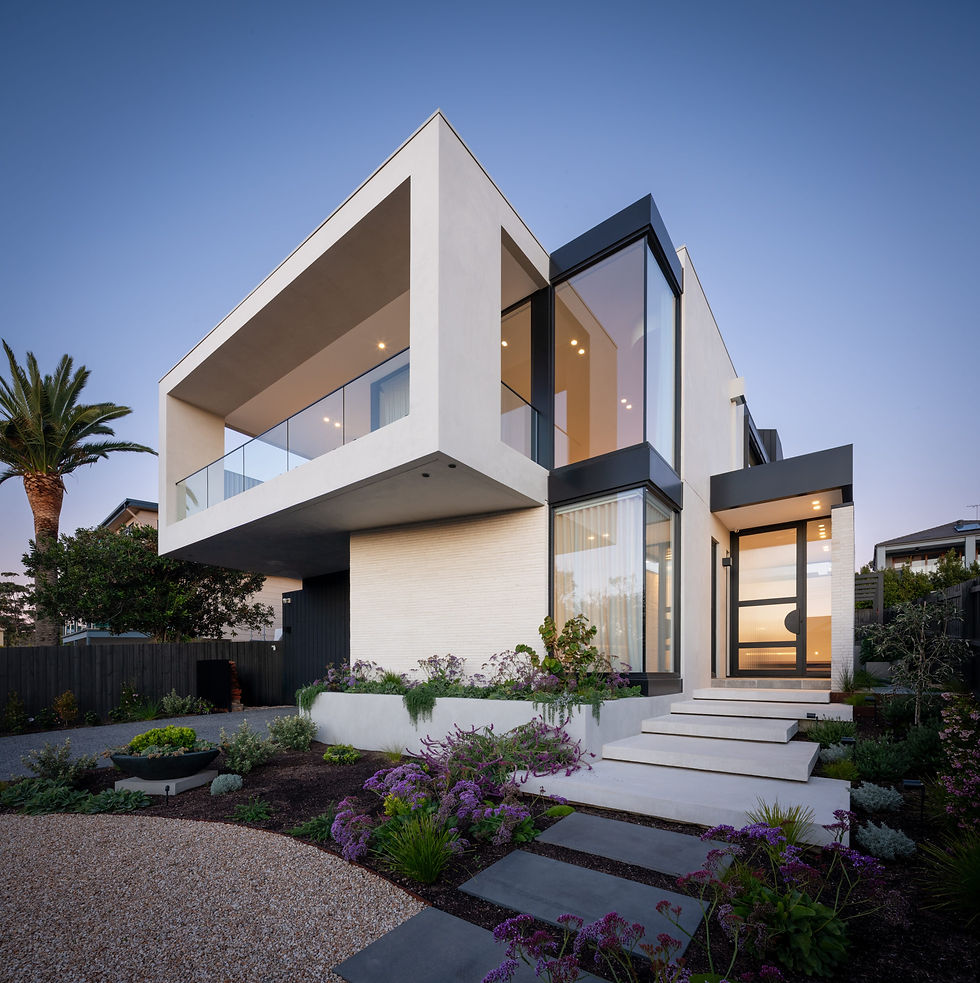Which Petersen brick features as a finalist in the 2022 Mies van der Rohe Award?
- Belinda Findlay
- Mar 7, 2022
- 4 min read
Updated: Jul 22, 2024

From a starting line of 532 works, culled to just 40 on a shortlist, now there are seven.
The European Commission and the Mies van der Rohe Foundation recently announced the finalists for the coveted 2022 Mies van der Rohe Award.
They include five projects in Architecture and two in the Emerging Architecture categories, selected because they encourage and offer models and references for local city policies.
Z33 House for Contemporary Art, Design and Architecture, featuring custom Petersen bricks, designed by Francesca Torzo, is one of them.
And the extension to Z33 in Hasselt, Belgium, really is a standout.
It’s built directly adjacent to Vleugel ’58, the existing exhibition building at Zuivelmarkt 33, and the address from which the new gallery earns its name. Like all the Beguine buildings on the triangular site on which the art gallery sits, Z33 is closed towards the street (surrounded by a 60m long and 12m high wall) and open towards the garden inside.
Brick is crucial to the overall idiom of Z33. Architect Francesca Torzo spent considerable time looking for the right brick, working closely with the team at Petersen Tegl to develop a customised solution.

“The brick formed the starting point for the new extension. It determined the size of the facades and the dimensions of all the windows and doors, as well as the doorsteps in the indoor space,” says Francesca.
The resulting customised handmade, rhombus-shaped brick with a reddish-purple hue (involving 68 brick colour tests) is used on the building’s façade facing the street and on the internal walls facing the garden and courtyard. It matches the brick architecture of the existing Vleugel ’58 art museum and the historic buildings surrounding it. The buildings are different, but complementary, forming a whole.
The custom Petersen bricks are laid with a coloured mortar to create a coherent look. It’s almost monochrome, but with a hint of the zigzag pattern generated by the rhombus-shaped bricks, much like a piece of woven fabric. While the outer walls are solid, those inside are punctuated with deep faceted windows of various sizes overlooking the garden, each surrounded by the custom bricks forming ornamental, serrated frames.
Small variations in the bricks produce a shimmering effect on the façade in a beautiful play of light and shadow. Adding to this, the bricklayers decided the exact position of each brick by eye, without using stringlines, creating a precise living look, bringing the walls to even more spectacular life.

Adinda Van Geystelen, artistic director Z33, says, “The new exhibition wing leaves no one untouched. Torzo built a house that meets the needs and the DNA of Z33. Away from the classic white cube art institution, she created a place where things are allowed to happen, where people feel at home. There are few buildings that play with all the tools you have at your disposal as an architect: the play of light, the alternation of large and small spaces, materials such as brick and concrete, patios with greenery, the vistas and different perspectives, … That is the power of this exhibition wing. Francesca Torzo masterfully plays on all the senses, in every detail with great craftsmanship.”
Read more about Z33
You can read more about this incredible project in Petersen, Issue 43, and see more images below.
Architect: Francesca Torzo
Brick: Customised Petersen bricks developed in collaboration with Francesca Torzo
Facade Engineer: Gianfranco Bronzini - Conzett Bronzini
Photographer: Gion von Albertini
Congratulations to the remaining award contenders
We send hearty congratulations to the entire creative team behind Z33, as well as the remaining six finalists: 85 Social Housing Units, Cornellà de Llobregat, Spain Architects: peris+toral.arquitectes Frizz23, Berlin, Germany Architects: Deadline (Britta Jürgens + Matthew Griffin) The Railway Farm, Paris, France Architects: Grand Huit and Melanie Drevet Paysagiste Town House, Kingston University, London, UK Architects: Grafton Architects
Enrico Fermi School, Turin, Italy Architects: BDR Bureau La Borda, Cooperative Housing, Barcelona, Spain Architects: Lacol
About the Award
This European Union Prize for Contemporary Architecture is awarded by the European Union and the Mies van der Rohe Foundation for the best architecture project completed in Europe in the past two years. It aims to understand the transformation of the built environment, recognise and celebrate architectural excellence and innovation, and showcase the role architects play in developing new ideas alongside their clients.
The essence of the award is neatly summed up by Francesca Ferguson, Jury member, journalist and curator:
“The quality of the built environment and the need for care in developing this built environment needs to be communicated very broadly: to the public of course, but also to decision makers. More than ever, we need to convey the way we want to live in our cities, and discuss it with decision makers in a transdisciplinary way that includes the civic engagement of society and those who will take part in the designing and thinking of communities.”
The winners will be announced in April 2022, with the Award ceremony taking place one month later in May. We wish all entrants the best of luck.









